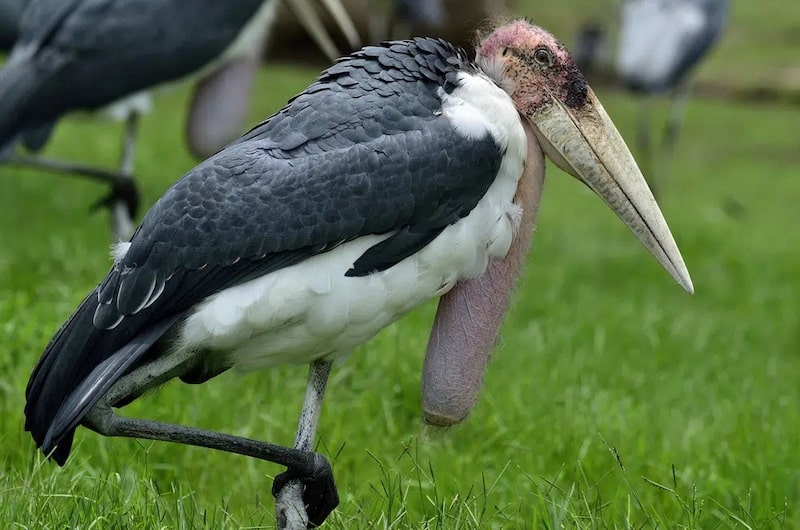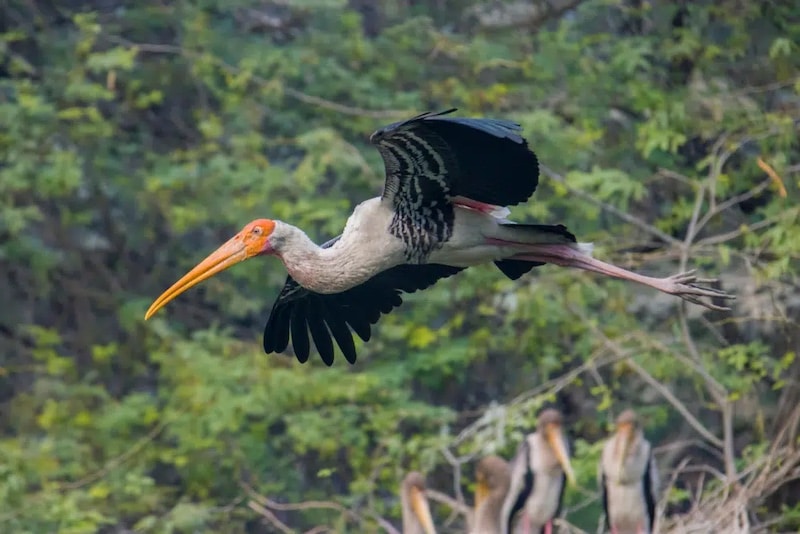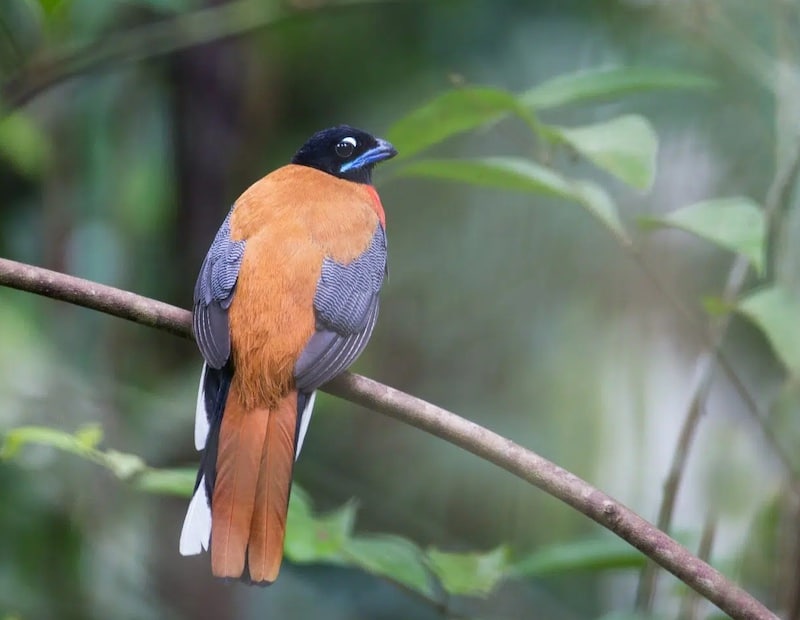Palm Cockatoo © Shutterstock/Prabodha D Herath As the world teeters on the precipice of environmental devastation, BirdLife’s contribution to the 2023 IUCN Red List provides a stark reminder that we are losing birds at an unprecedented rate. However, the impact of...

Palm Cockatoo © Shutterstock/Prabodha D Herath
As the world teeters on the precipice of environmental devastation, BirdLife’s contribution to the 2023 IUCN Red List provides a stark reminder that we are losing birds at an unprecedented rate. However, the impact of local community conservation provides seeds of hope that we can save nature before it is too late.
The 2023 IUCN Red List update has been released at a critical juncture for nature, as the world waits nervously for the outcomes of the climate COP28. However, this year’s update for birds reminds us just how impactful local communities can be in saving nature, with three Asian stork species being downlisted to lower threat categories. Thanks to amazing community efforts conserving the habitats and individuals of Greater and Lesser Adjutant, both have been reclassified as Near Threatened, from Endangered and Vulnerable respectively. Wetland management and reduced persecution have also helped Painted Stork, formerly listed as Near Threatened but now considered Least Concern.

Greater Adjutant Stork © Shutterstock/Super Print
‘In the Kamrup district of Assam, the number of Greater Adjutant nests has increased from 28 in 2010 to more than 250, making this the World’s largest breeding colony. Moreover, this once persecuted species has become a cultural symbol, and in the process has also transformed the lives of local women, who now travel to other villages to raise awareness about the storks.’
An excerpt from the BirdLife Magazine, March of the Adjutants by Devathi Parashuram, available in January 2024.
BirdLife International is the Red List Authority for birds, responsible for assessing the global status of all c. 11,000 known species. Since 1988, BirdLife has undertaken this process seven times, and aims to complete an eighth assessment by the end of 2024. Each year sees partial updates, and in 2023 some 500 bird species have been reassessed, with more than 200 reallocated to higher or lower categories of extinction risk.

Painted Stork © Shutterstock/Danny Ye
Another success story concerns the downlisting from Critically Endangered to Endangered of Millerbird, a Hawaiian reed-warbler, thanks to translocation efforts. However, other Hawaiian endemics tell a different story, as rising temperatures, invasive alien species and disease mean two species of honeycreeper – Anianiau and Kauai Amakihi – have been uplisted from Vulnerable to Endangered. Elsewhere, Juan Fernandez Tit-tyrant, endemic to Robinson Crusoe Island off the coast of Chile, suffers from the impacts of invasive species and native plant loss, and has been uplisted from Near Threatened to Endangered.

Island endemics are not the only bird species struggling. Citron-throated Toucan has experienced considerable population declines, moving from Least Concern to Near Threatened due to the ongoing effect of forest loss in South America. Palm Cockatoo has also been uplisted from Least Concern to Near Threatened, due to habitat loss, particularly the loss of hollows in trees needed for breeding and, on New Guinea, apparently increasing intensities of trapping for the pet trade.

In South-East Asia, lowland forest loss continues to drive rapid population declines, with Cinnamon-rumped Trogon now uplisted from Near Threatened to Vulnerable. Great Bustard has been uplisted from Vulnerable to Endangered due to a range of threats across Eurasia,
Birds are well studied and great indicators of wider environmental health. The uplisting of any species to a higher threat category is a worrying signal that more action is needed. Conversely, the downlisting of iconic species like Greater and Lesser Adjutant to lower categories shows that conservation works, especially when it is sufficiently resourced and supported by local communities.’
Dr Ian Burfield, Global Science Coordinator (Species) at BirdLife International
Several species have been assessed for the first time since they were described. Wangi-wangi White-eye, found on a single Indonesian island, debuts as Endangered due to trapping pressure from the Indonesian songbird trade, while Príncipe Scops-owl, endemic to an island in Africa’s Gulf of Guinea, is listed for the first time as Critically Endangered. With few sightings from a wide area, New Caledonian Storm-petrel could either be close to extinction or secure in an unknown location, so is classified as Data Deficient. The Red List update is accompanied by the latest version of BirdLife’s Taxonomic Checklist of all birds.
The post The 2023 Red List update reveals hope for birds in crisis appeared first on Fat Birder.


